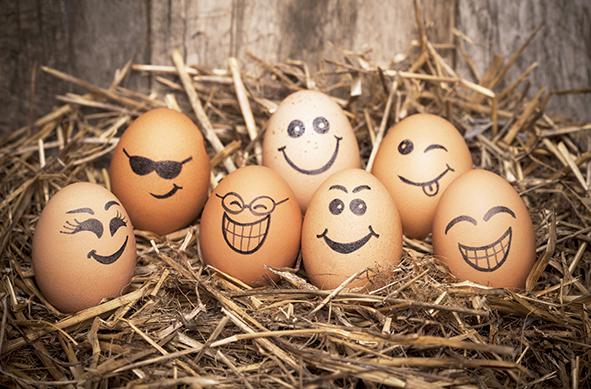

Less common. Smiling faces
With masks off, the Japanese are relearning how to smile
In an intriguing yet significant development, after three years of hiding their faces behind masks, some Japanese people are turning to “smile education” companies to rediscover their natural, pre-mask grin with a little assistance from a smiling coach or a certified “smile specialist.” Many people have acknowledged struggling to adjust to life without face coverings, with some even admitting they had forgotten how to smile! People have had fewer opportunities to grin due to mandatory mask-wearing, and an increasing number of people have developed a complex over it.
Smiling, clearly, is an indicator of psychological well-being. It can boost self-esteem and even improve relationships. Smiles induce reciprocity, pro-social behaviour, and altruism and can also signal trust, cooperation, and social capital among anonymous actors. The well-known baseball card study, which was published in 2010 in Psychological Science, even hypothesises that grinning might actually boost longevity. In photographs of 230 US professional baseball players from a 1952 archive, those who didn’t grin passed away at an average age of 73, while those who smiled partially died on average at the age of 75, and those with full smiles died around age 80 on average.
The Mona Lisa’s smile may be priceless. Harvey Ball, however, received just $45 for creating the Smiley Face, the second-most well-known “smile” in the world, in 1963 for an insurance firm. With just a yellow field with three marks on it, it couldn’t be simpler. However, Ball would have made millions if he had patented his idea, which he never did. “It never bothered me. I figured if I make the world a little happier, OK, fine,” Ball said. Yes, a smile is often perceived to be worth a million dollars. But what’s the true general pay-off of a smile? By creating computer software, researchers Danielle Shore and Erin Heerey from Bangor University in Wales evaluated how people react when someone smiles. They also determined the average economic value of a smile, which is, regrettably, exactly one-third of a penny! Their research was published in the journal Emotion in 2011. These researchers perceived smiles as a form of “social currency,” which is “a valuable reward that people will pay to receive.”
It must be genuine
Importantly, they found that positive responses to smiles only worked when they were “genuine”. As per their study, “genuine,” as opposed to “polite,” smiles can be identified by the appearance of “laugh lines,” or the tiny wrinkles that appear at the corners of the eyes during genuine but not polite smiles.
Even though a third of a penny is a tiny amount, the worth of 10 to 20 of these smiles in a brief exchange “would add up quickly and influence your social judgment.” For instance, a new car may seem like a better deal if a genuinely smiling salesperson sells it to you.
Let’s get back to the issue of relearning to smile. One may wonder how it is possible to “forget” smiling, a behaviour that has existed for millions of years, in just three to four years. What kind of smile are the Japanese relearning? Genuine or polite? Spontaneous or made up? Can a genuine smile be taught or learned? The artist of the ground-breaking comic Watchmen, Dave Gibbons, once explained the mystery surrounding the “smiley” symbol, which, according to him, was “empty” and “ready for meaning,” as follows: “If you put it in a nursery setting... It fits in well. If you take it and put it on a riot policeman’s gas mask, then it becomes something completely different.” Is this true for a smile as well? For an artificial smile?
Let the Japanese people reclaim their grins. And let the world learn more and more justifications for displaying “genuine” smiles.
The writer is Professor of Statistics, Indian Statistical Institute, Kolkata